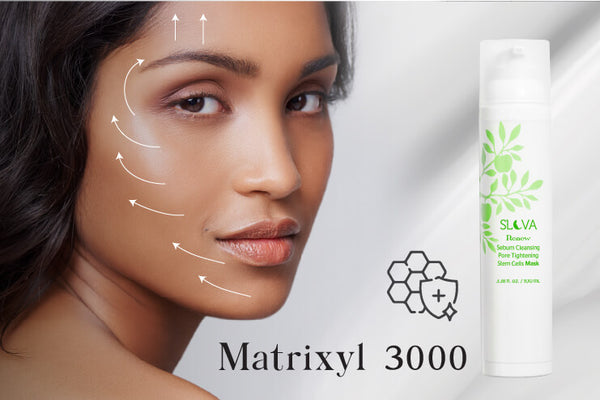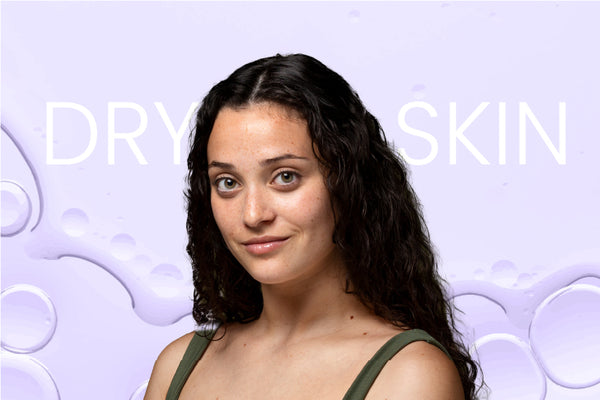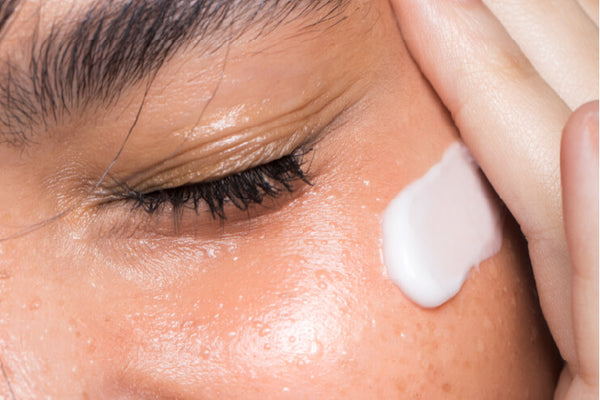Note: "Add 2 products to avail Buy 1 Get 1.
Not Applicable on Combo products."
How To Deal With Side Effects Of Masks And Treat Maskne

Face masks are officially a part of our daily outfit to curb the spread of the COVID-19 virus. Masks provide a layer of protection, but they can also irritate your skin, clog the pores, make your skin sensitive, and flare acne and breakouts. And you must have seen an uptick in red bumps in the areas of your skin covered under the masks.
A research article published in the Journal of the American Academy of Dermatology reported that at least 83 percent of healthcare workers in Hubei, China, suffered skin problems on the face, after mask usage for prolonged hours.
Now you must have gotten familiar with the concept of mask-induced acne: Maskne.
It typically flares up when you wear masks for a prolonged period of time. As oil, moisture, sweat, etc; can clog your pores, resulting in bacterial growth: acne breakouts.
Here in this article, we will let you know how to treat maskne using skincare products. And if you are suffering from different skin problems other than acne (because of prolonged mask usage), we will shed some light on how to tackle them too. Keep reading...
Products you can try in order to treat maskne
Pimple patches: Pimple patches have changed the skincare game completely. This is one of the easiest ways to get rid of pimples. They use hydrocolloid (which is also found in some bandages), which draws all the puss and oil to them. Depending on the severity and size of the pimple, you can put one on at night and you will wake up with a clear skin surface. One of the great advantages of them is that they prevent you from picking, so there is no chance of getting a pimple scar.
Hydrating moisturizer: Dry skin can also be one of the potential causes of more breakouts. To prevent that, you should use hydrating moisturizing, preferably a non-comedogenic moisturizer that will keep your face hydrated.
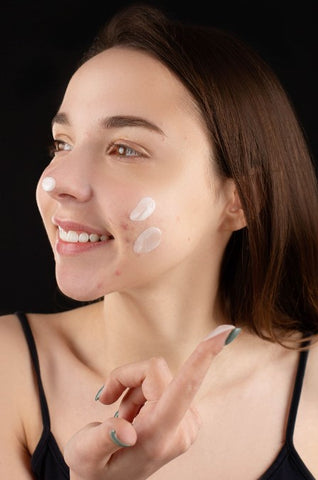
Ointment: It may sound like bad skincare advice to slather some sticky ointment on the breakouts, but sometimes it can help you a great deal. There are many healing ointments available that clear up dry, flaky skin patches and shorten the lifespan of the acne, and also help in healing scars or spots caused by picking pimples.

Lip balm: If your lips are dry and the skin around them is also dry and is breaking out, then you must apply a soft hydrating lip balm before wearing your mask.

Facial toners: Toners can help catch dirt and oils that your cleanser might miss. Toners also help in balancing and replenishing your skin. They keep your skin hydrated without causing harm to your skin that is already suffering the wrath of prolonged wearing of mask, heat, pollution, and dust.
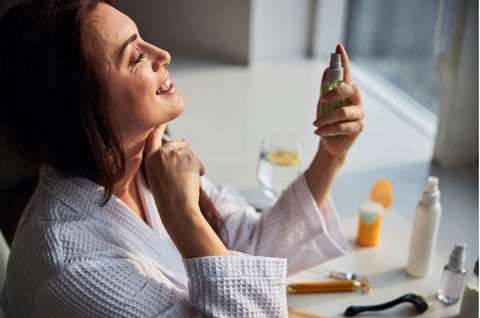
Chemical exfoliant: While you are suffering from these skin conditions caused by masks, over-exfoliation is not a good idea. You should not use physical exfoliates on your skin, you can rather try a chemical exfoliant, a few times a week (not recommended for everyday use!) that will clear up the congested areas on the skin. Exfoliants go deeper than some treatments. But if you have never used an exfoliant before, do consult a professional before giving it a try.

How to treat different kinds of skin conditions from prolonged usage of face masks
If you are also suffering from some common side effects of the masks, here's what you can do to treat them.
For dryness and skin peeling: Dryness and skin peeling could be the first signs of mask irritation. To fight this, always apply moisturizer before wearing your face mask. And after taking it off, apply pure petroleum jelly.
Redness/swelling: If you see redness and swelling in the area covered under the mask, then icing the skin can help. Take ice cubes and put them in a cotton cloth, and gently rub them on the affected skin area. Follow it with a small amount of over-the-counter hydrocortisone 1% cream. Use the hydrocortisone cream only as needed, and be careful not to overuse it. Applying it too much and too often can thin the skin and can invite breakouts. Remember, don't wear your mask on top of the hydrocortisone, as the mask will trap it and will make it a stronger ingredient.
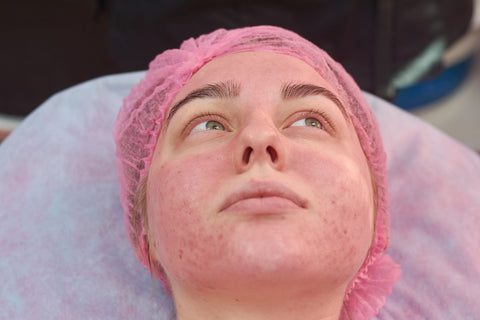
Skin breakdown: If you have breaks in your skin, cover them with a hydrocolloid dressing before putting your mask on. After you remove your mask, wash your face, and apply pure petroleum jelly wherever you need it.
Acne/breakouts: If you are getting acne/pimples under your mask, then it is time to change your moisturizer. Try for something light and is “non-comedogenic.” This means that it won't clog your pores. Also, try to avoid leave-on products as they will end up getting trapped under the mask. If your breakouts are severe, then you might need prescription medications, so consult a dermatologist.
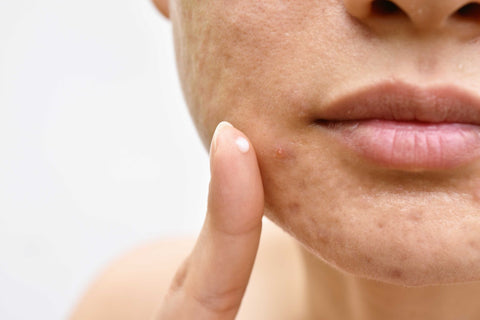
We know that wearing a mask for a prolonged time can cause major side effects on the skin, but going mask-less is not the solution. While we are fighting to flatten the curve, masks are one of the solid bases that will help in achieving it. Do not compromise your health or the health of the people around you, by removing your masks in public places. Instead, try to treat your maskne and other skin conditions with these solutions mentioned above. However, if your skin condition is not getting any better, maybe a dermatologist can help you heal your skin.
Stay indoors and stay safe!
